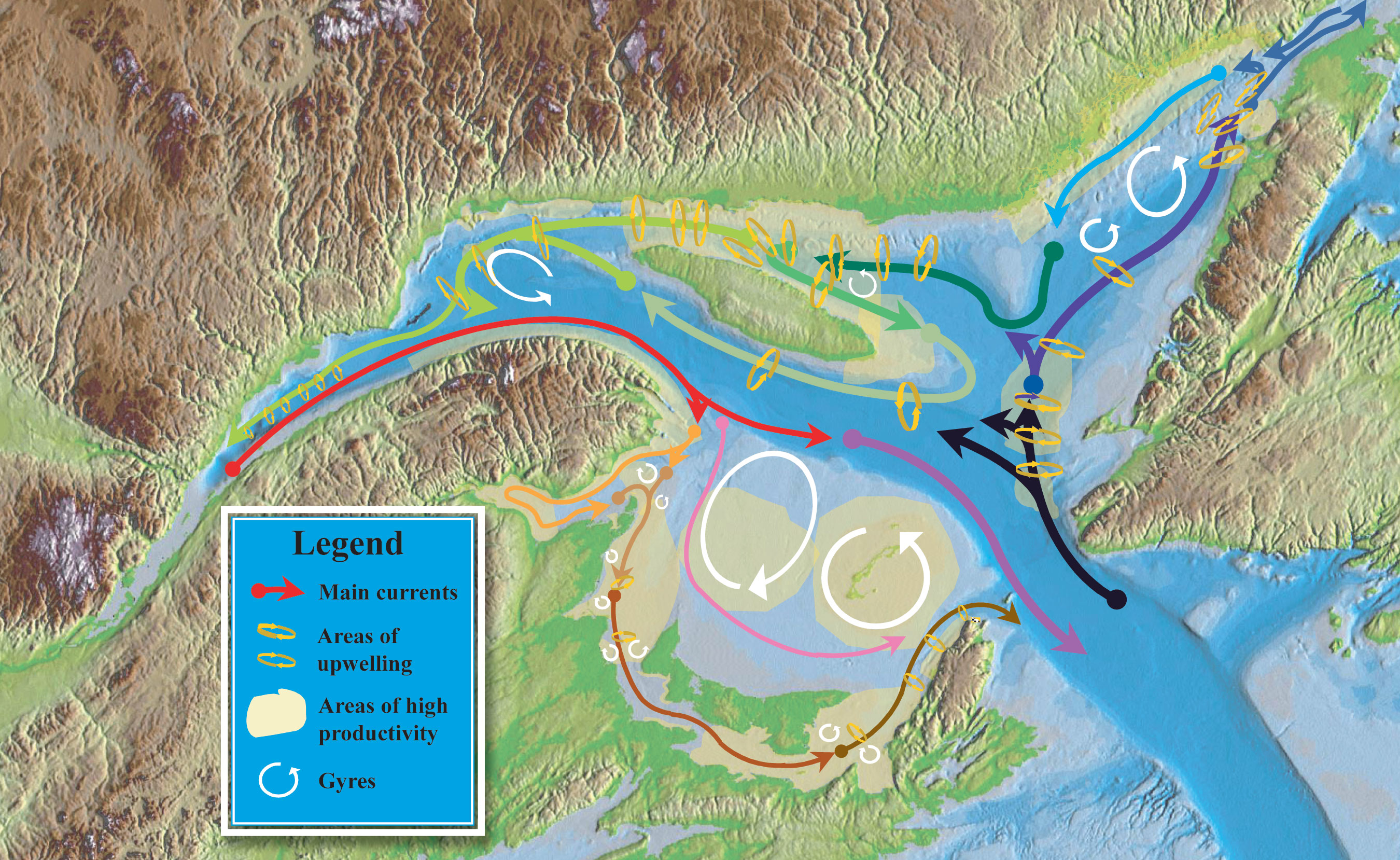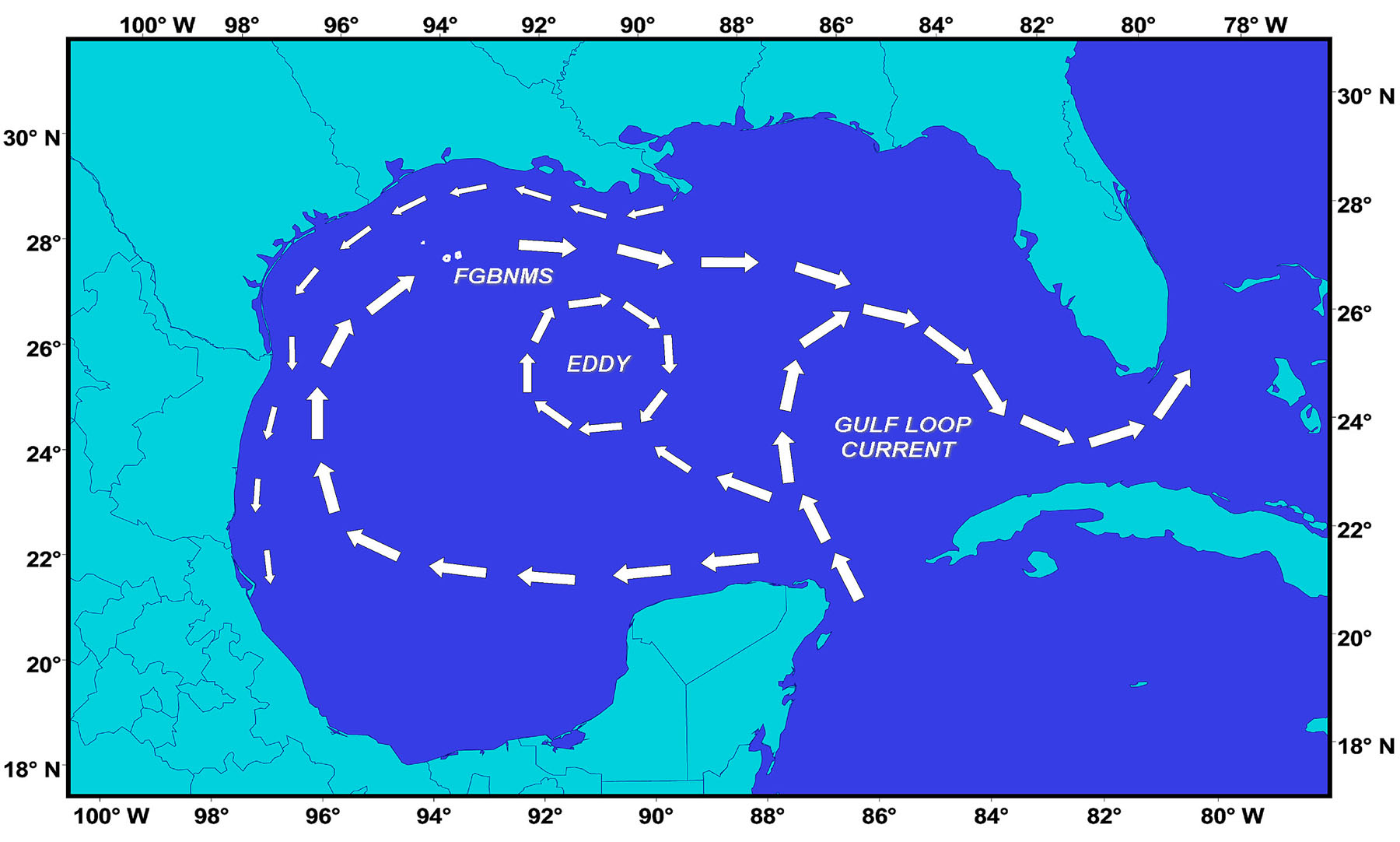
- Most saltwater enters the Gulf in the Caribbean Ocean via a narrow passage between your Yucatan Peninsula and Cuba. This passage is known as the Yucatan Funnel, or even the Straits of Yucatan.
A lot of water within the Yucatan Current follows the Yucatan Peninsula north and west, ongoing toward the western Gulf.
- The eastern area of the Yucatan Current flows across the northern fringe of Cuba and becomes the Florida Current.
- Another, central area of the Yucatan Current flows northward, after which towards the east, eventually turning southward for the Florida Keys. This really is known as the Gulf Loop Current.
- Around the asian side from the Gulf, the Florida Current and also the Gulf Loop Current combine and flow between your southern tip of Florida and Cuba. This flow water forms the Gulf Stream. It’s became a member of and strengthened by an Atlantic current (the Antilles Current).
- The Gulf Stream is constantly on the flow northward across the eastern seaboard of The United States, and eastward to northern Europe.
The Gulf Stream
- The Gulf Stream is an especially strong current that carries tepid to warm water north in the Gulf in the eastern coast from the U . s . States and over the Atlantic to The European Union.
- The Gulf Stream moves 100 occasions more water than all of the rivers on the planet combined and flows 300 occasions quicker than the Amazon . com – the world’s largest river.
Podcast: Find Out About Sea Currents
Review Questions

1. Exactly what is a current?
2. Do you know the three primary reasons for currents within the sea?
3. List the 3 primary classifications of currents.
4. Which kind of current may be the Gulf Stream?
Reference
Corriolis (kôr’ē-ō’lĭs) effect: The apparent (when viewed from Earth) deflection of objects (including air) above he top of the Earth because of the Earth’s rotation. Objects within the Northern Hemisphere seem to curve right whereas objects within the Southern Hemisphere seem to curve left.
Current: The steady flow water inside a prevailing direction.
Deep Sea Current: Water movement patterns greater than 300 ft below the top of sea.
Density: The mass per unit of amount of an ingredient.
Global Conveyor Belt: A sizable-scale sea circulation pattern driven by wind and density variations within the sea. Awesome, high salinity water sinks within the North Atlantic, travels in deep sea currents south to Antartica, east around the world, and north towards the North Off-shore, where it increases towards the surface because of upwelling. Water then moves in surface sea currents south and west toward the end of Africa and north through the Gulf Stream, coming back finally towards the North Atlantic.
Gulf Stream: A hot sea current that flows in the Gulf northward with the Atlantic.
Longshore Current: A present produced through the energy released when waves break around the beach these currents travel parallel towards the beach.
Rip Current: A present that’s the consequence of water funneling from a narrow opening water flows from land.
Surface Current: Sea currents that occur at under 300 ft below the top of sea most sea currents are often wind-driven.
Surface Sea Current: Surface currents based in the open sea (pelagic regions), driven mostly by global wind patterns.
Tidal Current: Currents generated by tides.
Tide: The fall and rise in ocean level brought on by the gravitational pressure from the moon and sun in conjunction with the rotation of the world.
Resourse: http://classroom.sanibelseaschool.org/




